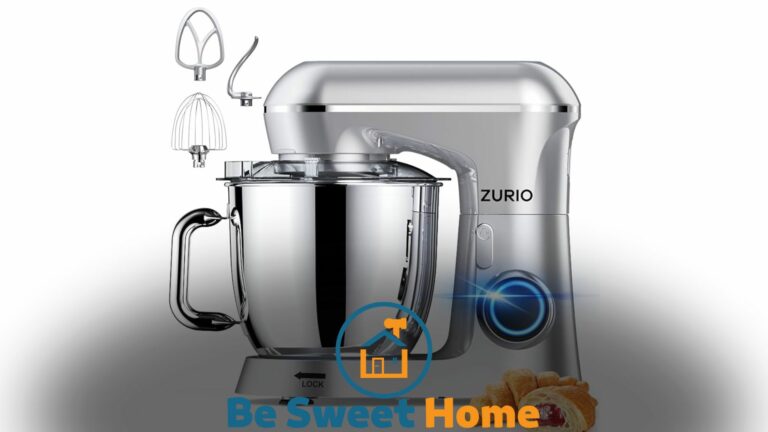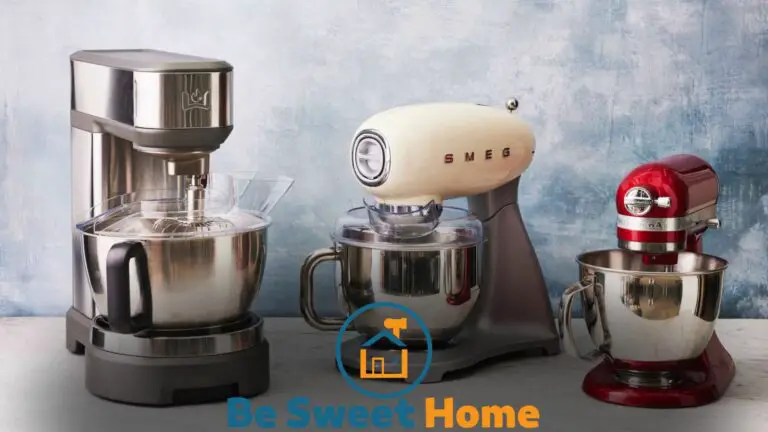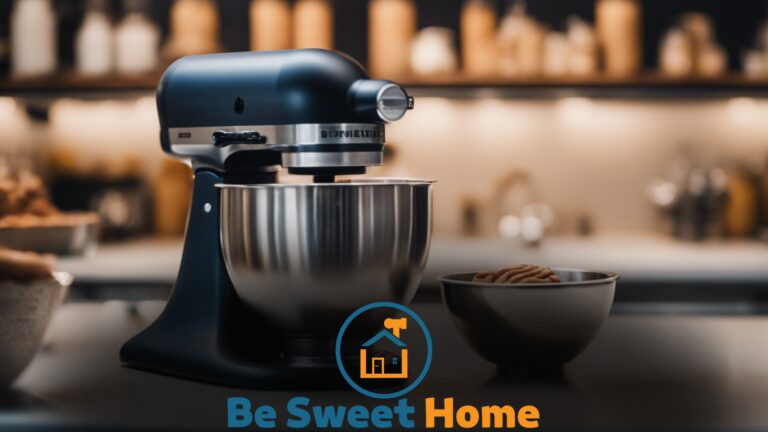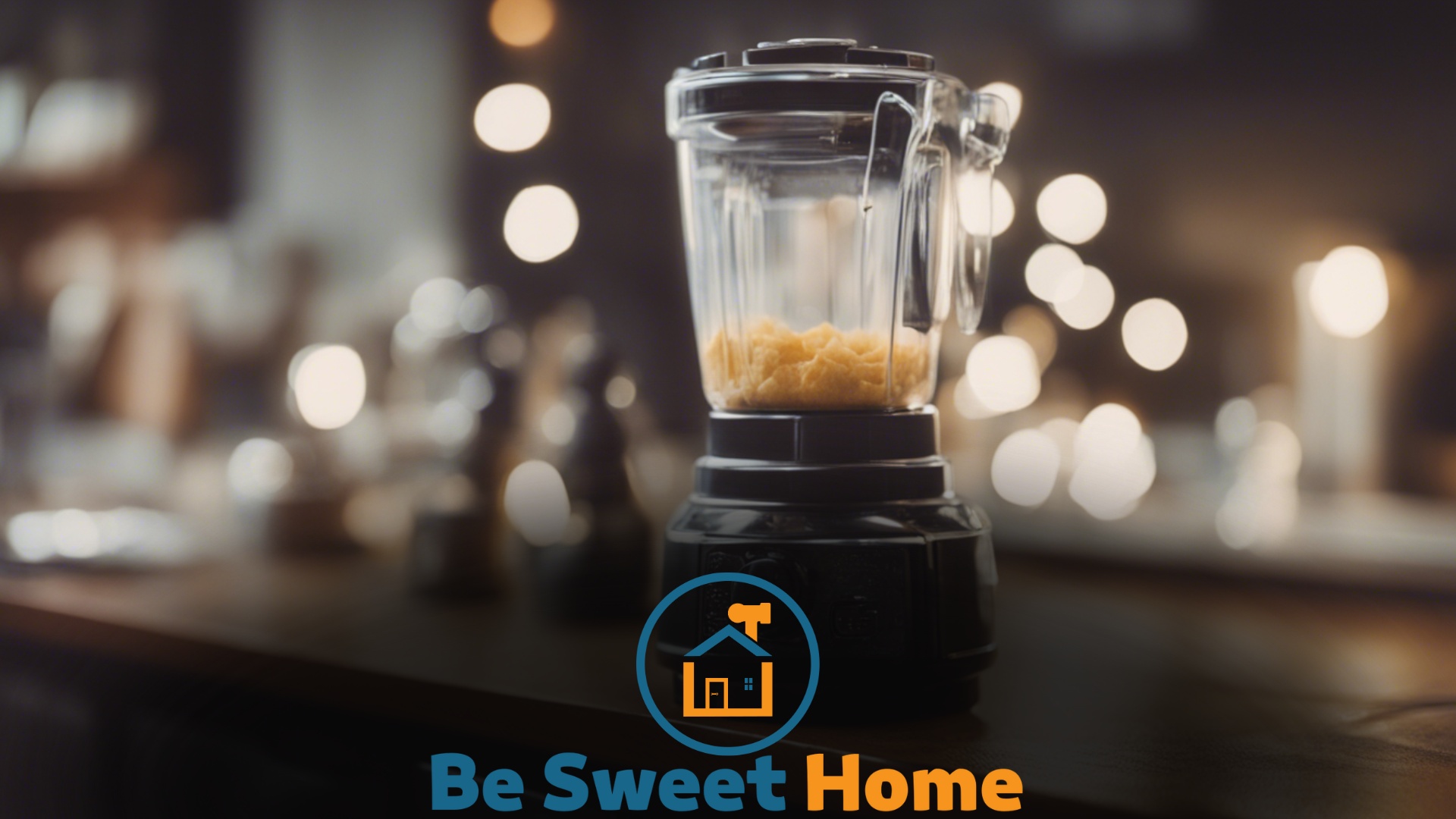

Yes, you can use a blender if you don’t have a mixer. A blender can perform many tasks you would typically use a mixer for.
Starting with a versatile kitchen appliance, the blender often gets overlooked for tasks usually reserved for a mixer.
Both home cooks and culinary enthusiasts find that when a mixer isn’t available, a trusty blender can step in for various tasks, including mixing batters, pureeing soups, and even kneading some types of dough.
While different in mechanics, blenders have powerful motors and sharp blades that can handle many ingredients you would otherwise mix.
They’re not just for smoothies and frozen drinks; a high-quality blender can emulsify, grind, and integrate just as well as any mixer in many cases.
It’s essential to gauge your blender’s capacity and capability to handle the task without overworking the machine or compromising your recipe’s texture.
Blenders vs. Mixers: Kitchen Appliance Capabilities
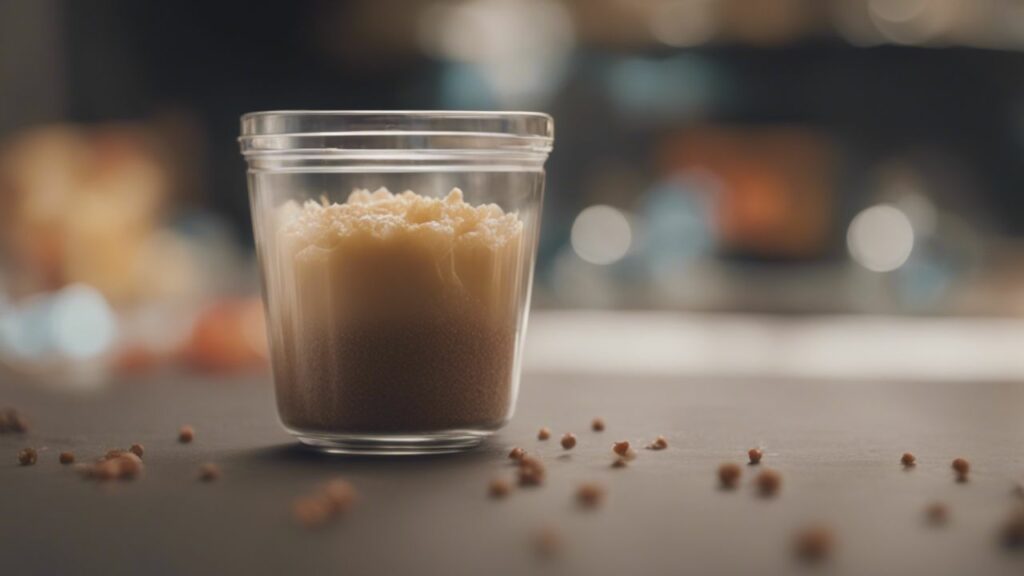

The kitchen buzzes with various gadgets, each with its unique role. Two common countertop heroes are blenders and mixers.
Understanding their capabilities can transform the way you cook and bake. Let’s explore the distinctive functionalities of these appliances and see if a blender can substitute for a mixer in a pinch.
Functionality of Blenders
Blenders are smooth kitchen operators with speedy blades to liquefy, mix, and chop ingredients. They’re perfect for:
- Making smoothies and shakes.
- Blending soups and sauces.
- Pureeing fruits and vegetables.
- Crushing ice for cocktails.
With a strong motor and a tight-sealing lid, blenders can handle liquids and soft items with ease.
Role of Mixers in Cooking and Baking
In contrast, mixers excel in precision tasks. Be it a stand mixer or a hand mixer, they are ideal for:
- Kneading bread dough.
- Whipping cream or egg whites.
- Mixing cake batter.
- Combining heavy cookie dough.
Mixers come with different attachments tailored for specific tasks, such as a dough hook for bread-making or a whisk for creating fluffy meringues.
Can You Use a Blender If You Don’t Have a Mixer?
A blender can sometimes step in for a mixer. It works best when:
| Task | Mixer | Blender |
|---|---|---|
| Combining wet ingredients | Yes | Possible |
| Mixing pancake batter | Yes | Possible |
| Whipping cream | Best Choice | Not Ideal |
| Making doughs | Best Choice | Not Suitable |
However, blenders cannot perfectly replace mixers, especially for dense doughs and precise baking tasks.
Adapting Recipes for Blender Use
Missing a mixer in your kitchen should not stop you from whipping up delicious baked goods and meals.
With a little creativity and know-how, a blender can be your best friend. A powerful blender can often replace a mixer for many recipes.
By adjusting the method, you can overcome this small appliance hurdle. Let’s explore how to tweak recipes for blender use.
Modifying Baking Recipes
Modifying Baking Recipes
Transforming baking recipes for a blender is simple with these tips:
- Cream wet ingredients first to ensure a smooth mixture.
- Sieve dry ingredients to avoid clumps.
- Mix dry ingredients in small increments with wet ones.
- Use the pulse function to combine everything without overmixing.
Remember, light batters for pancakes and muffins lend themselves well to blender mixing.
On the other hand, stiff doughs like cookies or bread may not be blender-friendly.
Liquid-Based and Semi-Solid Foods
Liquid-based and Semi-solid Foods
Blenders excel with liquids and soft foods. Find out how you can use your blender for such recipes:
- Smoothies and shakes blend to perfection.
- For soups or stews, blend in batches if necessary.
- Purees for babies or sauces are easy in a blender.
- Make the batter for crepes or tempura without any fuss.
When using a blender for these foods, start on a low setting. Gradually increase the speed to prevent splashing and ensure an even texture.
| Recipe Type | Blender Suitable |
|---|---|
| Pancake Batter | Yes |
| Cookie Dough | No [Use hand mixing] |
| Smoothies | Yes |
| Vegetable Puree | Yes |
Tips for Using a Blender as a Mixer
When your mixer is out of reach, fear not—a blender can mix your ingredients easily.
Let’s explore some clever tips for operating a blender instead of a mixer, ensuring smooth, well-mixed outcomes every time.
Transform your blender into a mixing maestro with these handy strategies!
Optimizing Blender Speed Settings
Understanding your blender’s speed settings is crucial while using it as a mixer. Here are ways to optimize the blender:
- Start slow: Begin with the lowest setting to prevent ingredient splatters.
- Gradual increase: Slowly turn up the speed to the desired consistency.
- Pulse wisely: Use short pulses for better control over mixing.
Avoiding Blender Pitfalls
Blenders can be tricky, but with these tips, you’ll avoid common mistakes:
| Pitfall | Tip |
|---|---|
| Overfilling | Fill only to two-thirds to prevent leaks and spills. |
| Hot liquids | Add a little liquid or use an oil spray to ease blending. |
| Sticky ingredients | Add a little liquid or use oil spray to ease blending. |
Alternative Mixing Techniques Without a Mixer
Are you stuck without a mixer in the kitchen? Worry not! There are a variety of ways to blend ingredients.
Home chefs have used alternative mixing techniques for generations. These creative methods can save the day when making cakes, doughs, and more.
Manual Mixing Tools
Even without a mixer, these hand-powered tools make mixing easy:
- Whisk: Perfect for beating eggs or whipping cream.
- Spatula: Scrapes sides of bowls and folds ingredients.
- Wooden Spoon: Great for heavier mixtures, like cookie dough.
- Fork: A simple tool for breaking up ingredients or whisking.
These tools require a little elbow grease. Yet, they get the job done well. Your arm might tire, but your ingredients will mix!
Improvised Techniques
When traditional tools aren’t available, it’s time to improvise:
- Shake it up: Close a container and give it a good shake. Works for dressings and marinades.
- Stir with chopsticks: Great for gentle mixing or when a whisk is absent.
- Mashing: Use a potato masher to mix or break down soft ingredients.
Remember, patience is key with these methods. They may take longer than electric mixers but achieve similar results.
You can make exceptional baked goods without high-tech tools. So go ahead, try these techniques, and get mixing!
Creative Blender Uses in Meal Preparation
Kitchen dilemmas often lead to culinary creativity, especially when you find yourself without a typical mixer.
Not to worry! Your blender can perform many tasks, proving its worth beyond smoothies and shakes.
It’s time to explore how this versatile appliance can help you easily whip up delectable dishes.
Blenders are not just for purees or liquid recipes. They can be powerful allies in both crafting savory meals and sweet treats.
Mix, mince, and meld – these are just a few actions your blender is ready to perform:
- Sauces and Dressings: Achieve smooth textures for vinaigrettes or pestos instantly.
- Soups: Hot or cold, blend to creamy soups without chunks.
- Batters: Whip up a perfect pancake or waffle batter; the blender guarantees a clump-free mix.
- Filling and Dips: Combine the ingredients for a uniform filling, from hummus to quiches.
| Ingredient | Action | Result |
|---|---|---|
| Tomatoes & Herbs | Blend | Tomato Sauce |
| Chickpeas & Tahini | Puree | Hummus |
| Eggs & Cheese | Mix | Quiche Filling |
From silken smoothies to divine desserts, your blender is the perfect pastry chef:
- Mousses & Puddings: Combine ingredients for a light and airy treat.
- Frozen Desserts: Create ice creams or sorbets with a frozen fruits and creams blend.
- The batter for Cakes & Brownies: Blend your batter for an even consistency that promises a moist bake.
Sweet or savory, the blender handles both with effortless precision. All you need to do is toss the ingredients in and let it work its magic.
Get creative, and you’ll find that your blender is an indispensable tool in your kitchen arsenal.
Selecting the Right Appliance for Your Culinary Needs
Do you wonder whether a blender can take a mixer’s place in your kitchen? Your dishes reflect your cooking methods.
Let’s explore how to pick the best appliance for you.
Assessing Your Cooking Style
Knowing your cooking style is key. Are you a baker or a home chef mixing up smoothies? Determining this will guide your appliance choice.
- Bakers might miss a mixer’s precise attachments.
- Soup and smoothie lovers often prefer blenders.
Blender and Mixer Features Comparison
Blenders and mixers excel in different tasks. Choose based on the tasks you do more often.
| Feature | Blender | Mixer |
| Consistency | Liquids and soft solids | Dry and wet mixes |
| Use | Smoothies, soups, purees | Doughs, cake batters, whipped creams |
| Attachments | Usually fixed | Varied for tasks |
| Power | High to pulverize | Varies, mix gently or knead |
In summary, blenders are best for liquid-intensive recipes. Mixers are ideal for more intricate baking tasks.
Frequently Asked Questions
Can You Use Blender Instead of Mixer?
Yes, you can use a blender instead of a mixer for many tasks, like blending liquids or making purees.
However, a mixer performs better for dough or heavy batters.
Can I Use a Blender if i Don’t Have a Whisk?
Yes, you can use a blender instead of a whisk to mix or combine ingredients effectively. Ensure the blender is on a low setting to avoid overmixing.
How Do You Blend Without a Mixer?
To blend without a mixer, use a whisk or fork to vigorously mix ingredients. Mash solids with a masher or fork.
For a smooth texture, pass ingredients through a fine sieve or food processor. Alternatively, shake liquids in a tightly sealed container.
What Can Be Used in Place of a Mixer?
A whisk or spoon can substitute for a mixer, especially for light mixing tasks. For heavier mixing, consider using a food processor or a blender.
Can Blenders Replace Mixers Effectively?
Blenders can often substitute for mixers in many recipes, especially for liquids or soft ingredients, but may not yield identical results for doughs or stiff batters.
Conclusion
Embracing creativity in the kitchen is key. A blender, indeed, comes through when a mixer isn’t on hand.
The versatility bridges the gap, simplifying cooking and baking tasks.
So, the next time your recipe calls for a mixer, remember that your trusty blender can step in to ensure delicious results.

